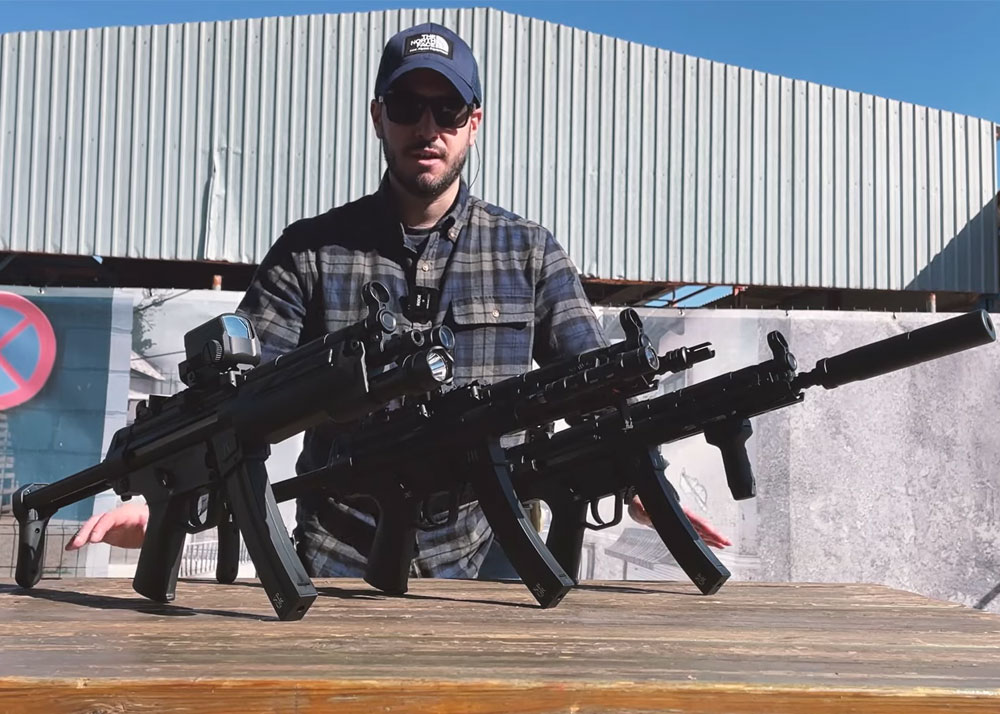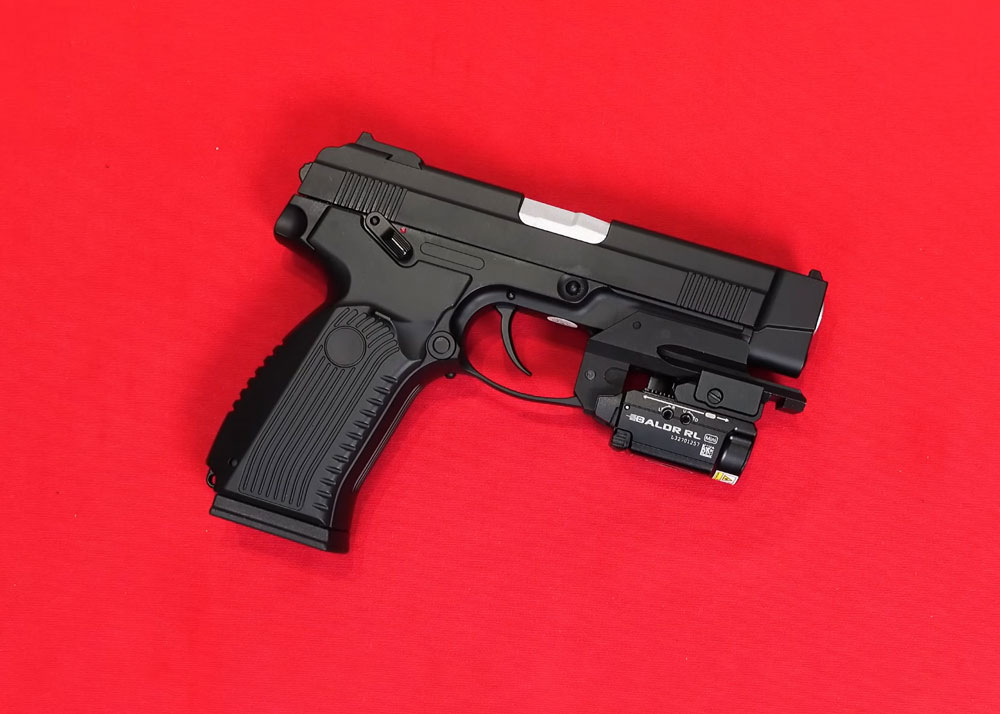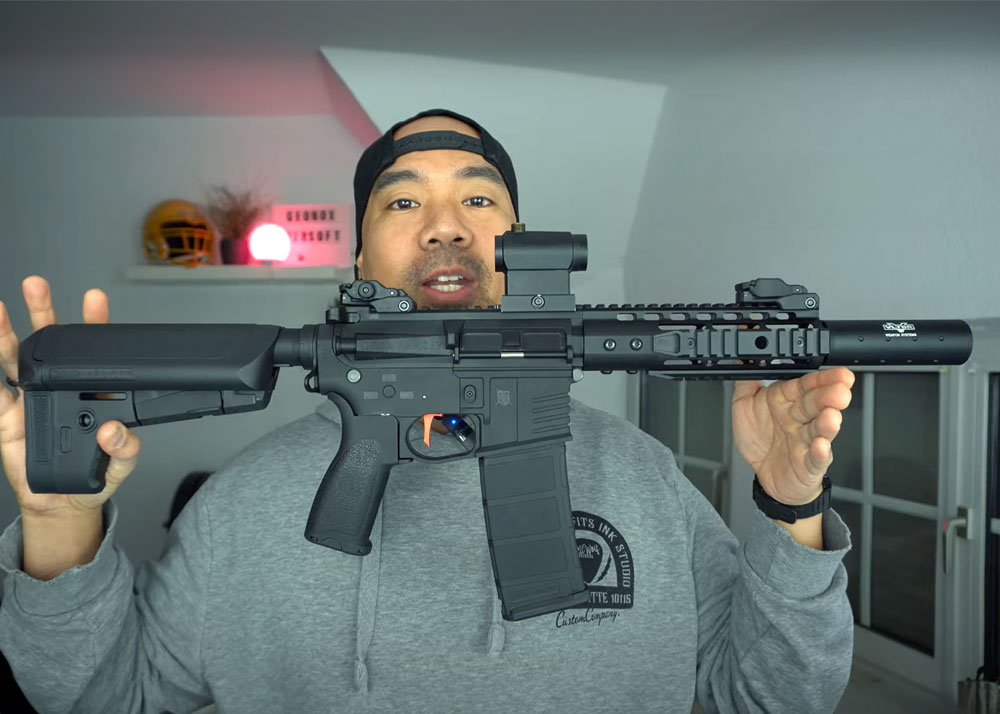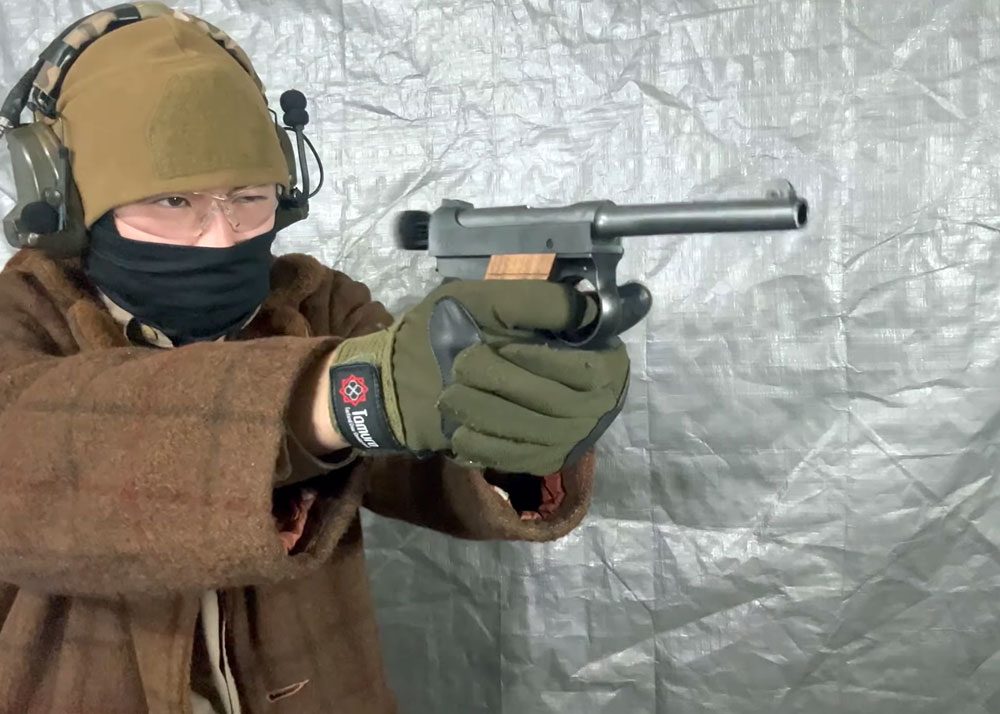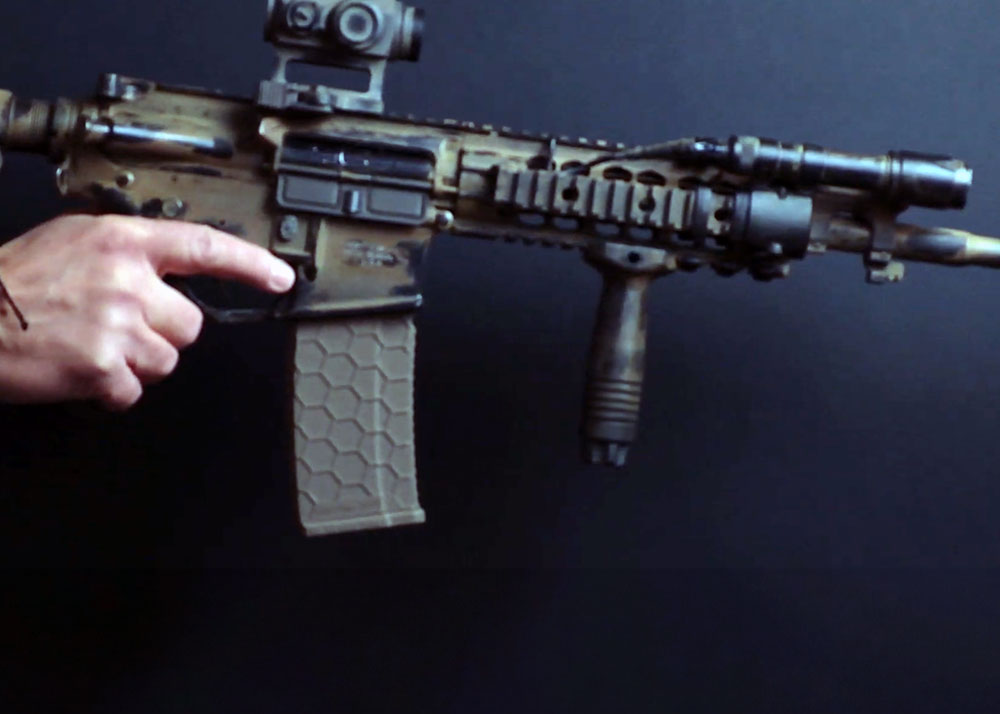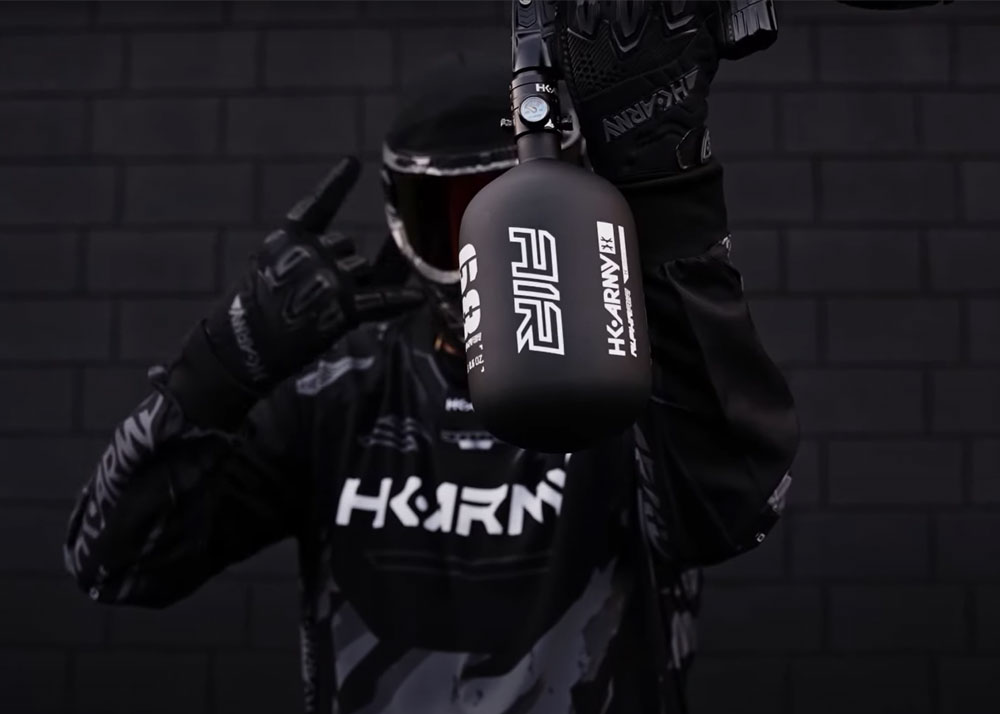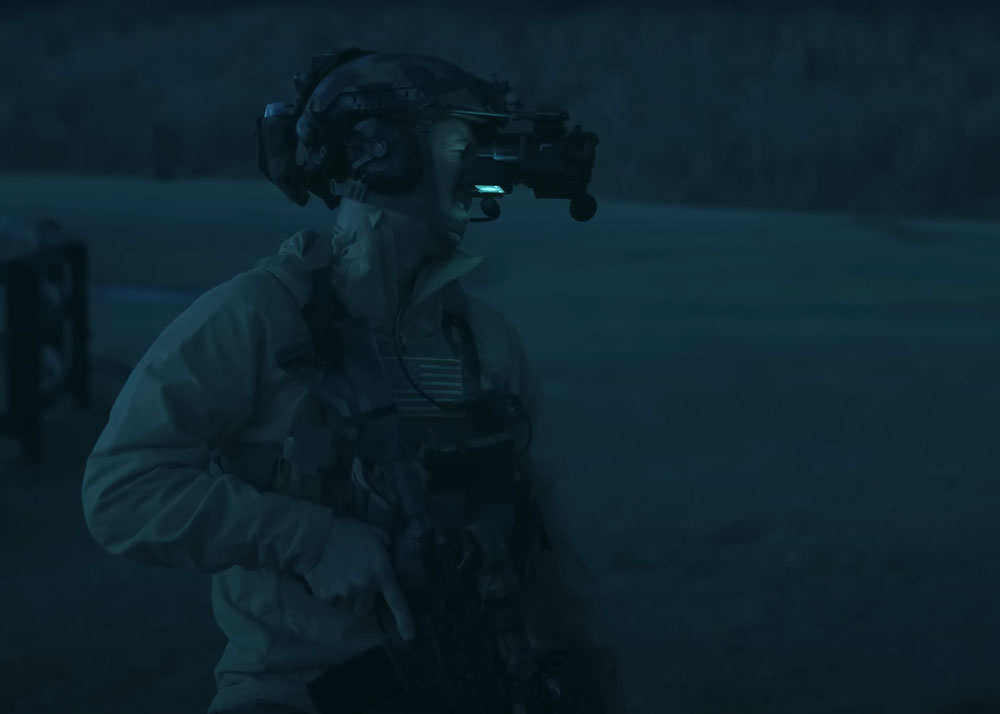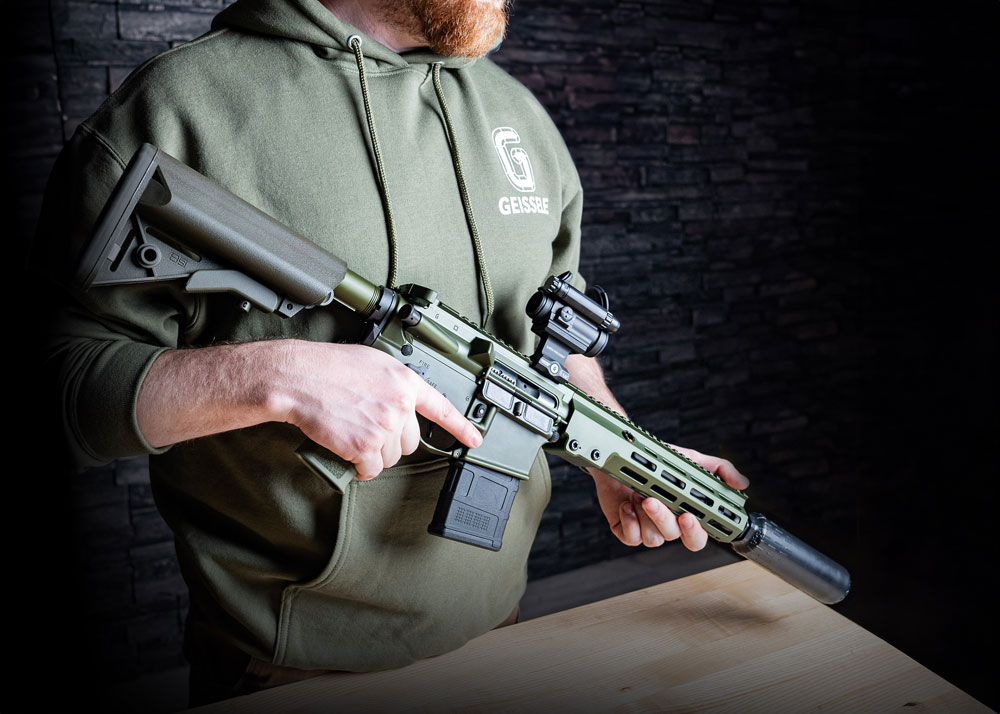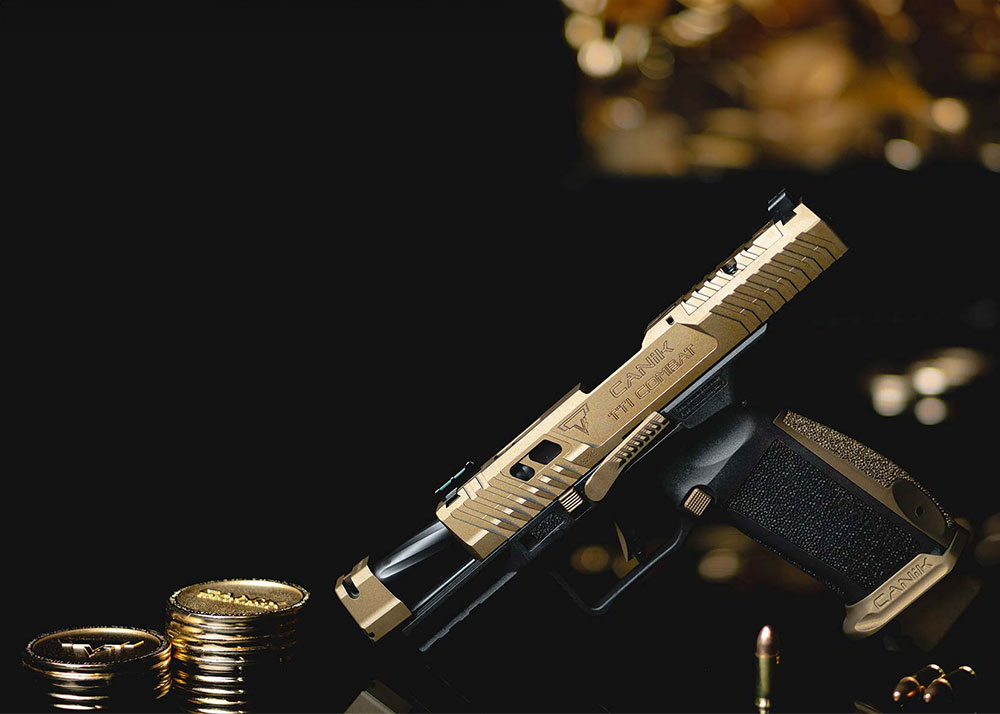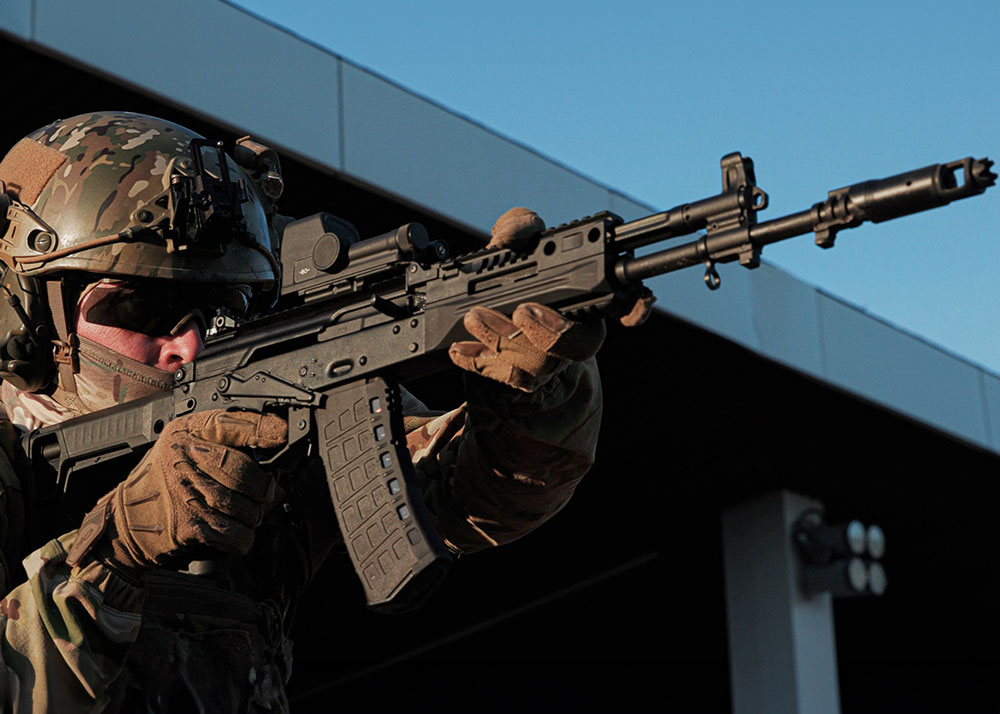Study: Shoulder-Fired Heavy Weapons Are Bad For The Brain
Logan
11 May 2018
It’s not something for airsoft players to worry about in general, but for those who are still in service in their countries’ militaries may want to read the hazards that shoulder-fired heavy weapons pose to their brains. This means that those who handle these types such as the AT4, Carl Gustaf, and the LAW will have to be concerned.
First reported at Task & Purpose, we checked out the study cited by the Center for a New American Security (CNAS) and here are some of the key findings:
- DoD studies have demonstrated that some servicemembers experience cognitive deficits in delayed verbal memory, visual-spatial memory, and executive function after firing heavy weapons, even within allowable limits.
- DoD studies have also found higher rates of concussion and post-concussion associated symptoms among individuals with a history of prolonged exposure to low-level blasts from breaching and shoulder-fired weapons.
- Primary blast pressure waves are an important mechanism for brain injury, but the specific causal mechanism is unclear. Multiple theories exist, each with varying degrees of support.
- The Army does not currently have a requirement to protect against brain injury from exposure to blast pressure waves from explosions (aka primary blast injury).
- Computer models and physical experiments have suggested that existing Army helmets provide some modest protection against blast waves and that improved helmet designs, such as adding a modular face shield, could reduce blast pressure in the brain by up to 80 percent.
Traumatic brain injury (TBI) is a bigger problem now in the U.S. military with treatment to head injuries conducted more that chest or abdominal injuries. The same study cited by CNAS also state that over 300,000 in the U.S. military suffer some form of TBI since they started tracking TBI in 2000.
In using should-fired heavy weapons, the primary cause for brain injury is the wall of blast pressure of when it is fired which travels than the speed of sound, up to 1,600 feet per second. The other problem is the stigma of having TBI that it may be under reported and that veterans with PTSD may have a form of mild TBI symptoms.
Recommendation on helmets used by soldiers is that they should be modified change the strength and distribution of blast waves inside the head. The present ACH can mitigate the blast pressure, the introduction of face shields or mandible protection could further reduce the exposure to blast pressure.
Another is the requirement that soldiers have to wear blast gauges to measure blast pressure exposure and monitor the record (“blast history”) so that if any injury that may arise, the records can provide valuation information in developing a treatment plan.
Apart from training precautions, the study recommends that, “The Army should review and update its firing limits for shoulder-fired heavy weapons, such as the AT4, LAW, and Carl Gustaf. Firing limits should be revised downward to a level such that allowable exposures are not associated with cognitive deficits after firing. Additionally, firing limits should cover exposures across a longer time period, on the order of 72 to 96 hours. Firing limits should include a minimum safe distance for observers and instructors, and should account for the possibility of multiple types of heavy weapons being fired in a single day.Additionally, the Army should establish cumulative annual and lifetime limits for blast exposure in training.”
The study concludes that the U.S. Army should further invest in TBI research in order to have a better scientific understanding of brain injury. Especially with TBI being an increasing problem and it has cost the Department of Veteran Affairs US$234 million in 2015 and projected to increase to US$2.2 billion in the next 10 years protecting the soldiers from TBI will become a matter of urgency.
Top photo: AT4-CS being fired (U.S. Army photo by Staff Sgt. Westin Warburton)


